Cardiac arrest! Many people hearing these two spooky phrases often think: Probably die! But not! We can save those who are in such critical danger by timely and proper first aid.
In a cardiac arrest, our circulation will be paralyzed, the respiratory system will “seize”, and if there is no one to help us, we will quickly “flatline” from Brain hypoxia. So, how precious to acquire the emergency knowledge and apply in these danger situations!
Understanding its importance, in the series of Internationalization activities of Tan Tao University (TTU), the first-year medical students had chance to attend a training on cardiac arrest emergency at TTU Skill Lab with two Finnish experts from Saimaa University of Applied Sciences, Finland. The lesson helped TTU medical freshmen to determine and help a victim in proper manner with confidence.
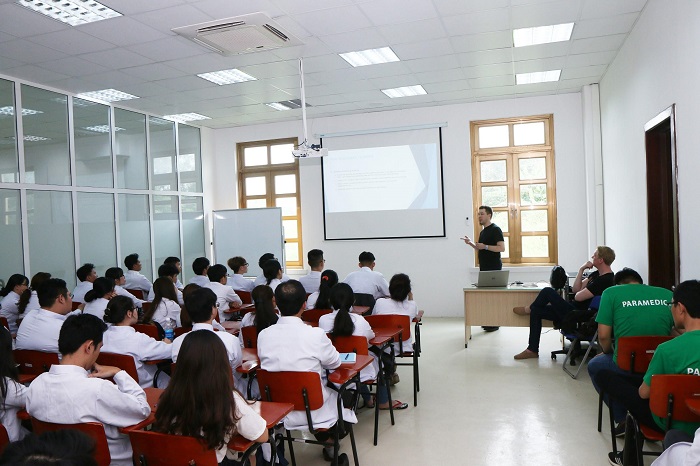
The students acquired much of valuable knowledge and experience from two super enthusiastic and friendly teachers. Although the training took place in English, they obtained their comprehension of the emergency skills perfectly. Besides acquiring professional knowledge, the lesson also gave the students opportunities to practice English and take their first steps into the international environment.
The training took place at the time TTU’s Skill Lab was put into operating, so the students had the opportunity to practice right after understanding the method. TTU Skill Lab is fully equipped with the necessary equipment and human models for studying and practicing subjects with high applicability. Be free to experience and learn with the guidance of super good teachers and super cute here!
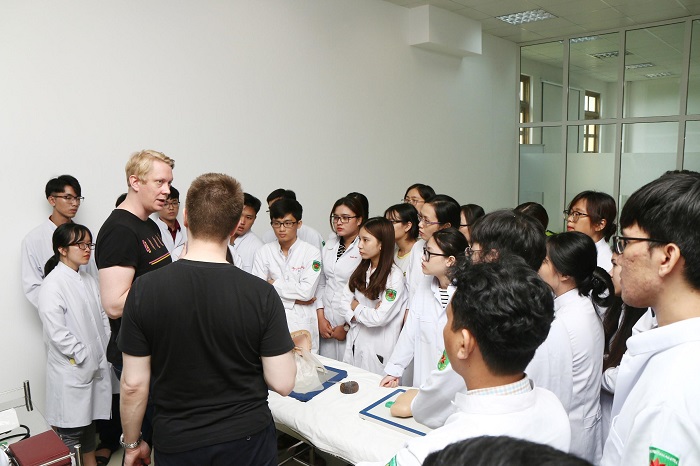
If a person is unconscious with no heartbeat and breathing, he or she is absolutely in a cardiac arrest. Quickly perform chest compressions and blow breath. Repeat this cycle continuously until the medical assistance arrives. Remember that you must perform continuously, if tired, ask for help with no interruption.
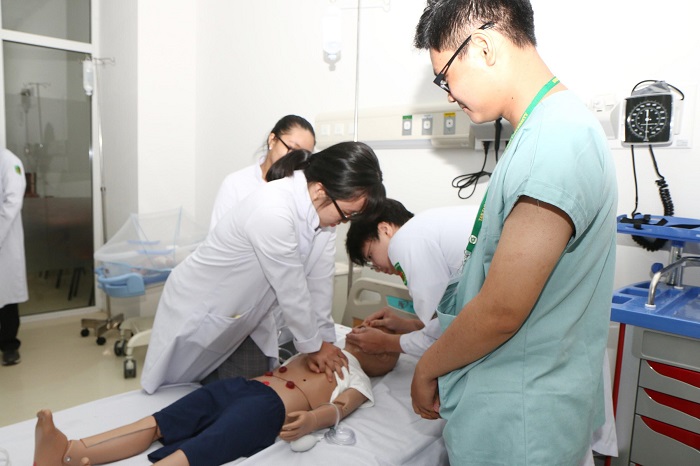
In some cases of difficult blow breath, intubation will be helpful. This technique helps us to supply the victim with oxygen through a tube inserted into the windpipe. Two Finnish lectures had very enthusiastic instructions for students. Immediately after that, the freshmen also practiced with supervision and enthusiastic help.
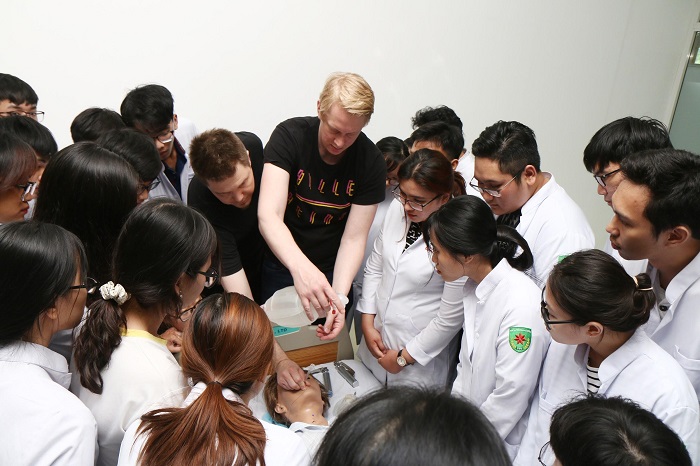
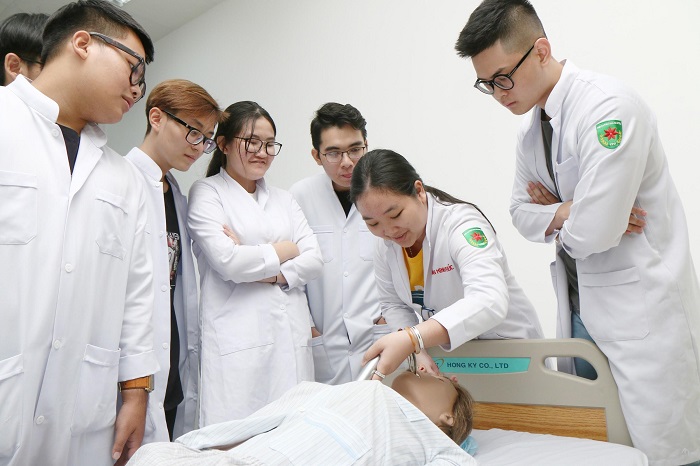

The lesson really brought many practical experiences and knowledge with high applicability to the students. They were very interested in learning and practicing at Skill Lab. Besides, their questions had been answered thoroughly by two lovely lecturers from Finland. These are the first solid stones to help the medical students of TTU to learn more, thus soon conquer the world’s advanced Medicine, particularly the USMLE that many medical students are aiming for.














